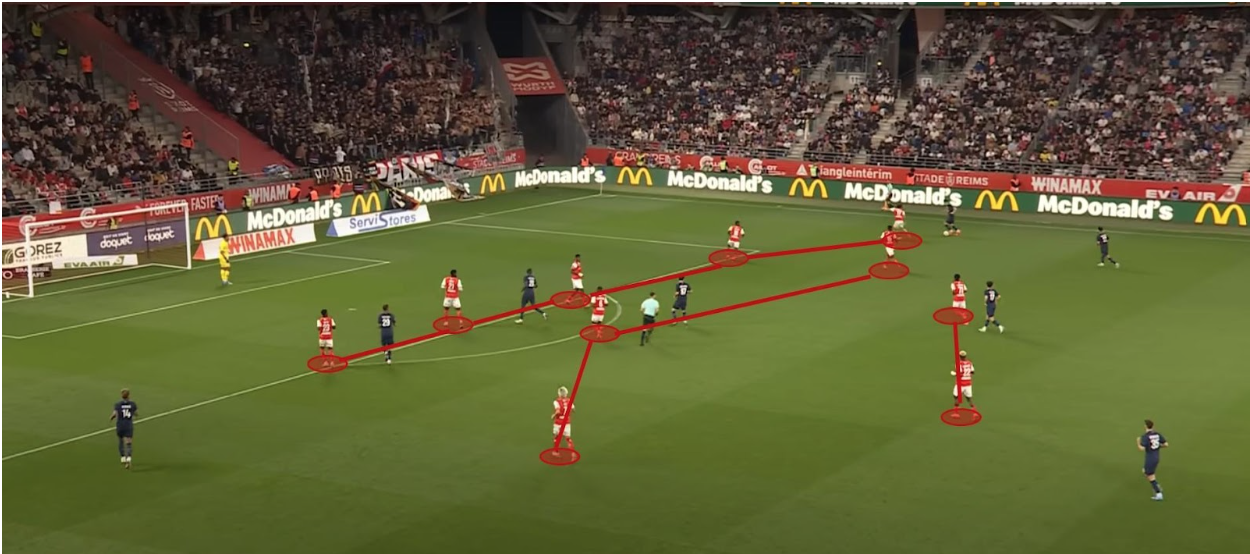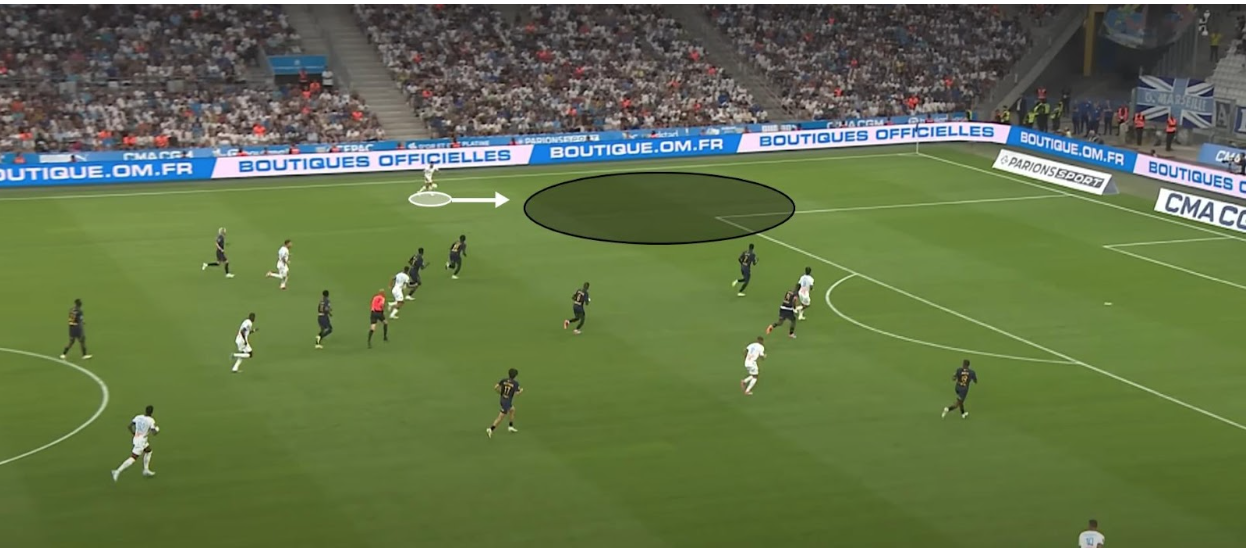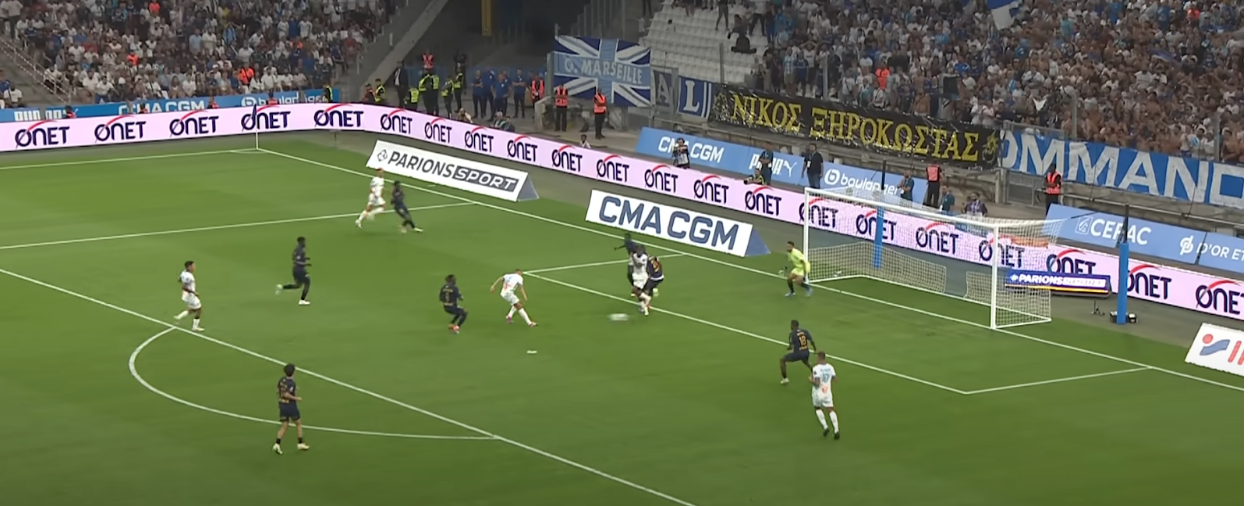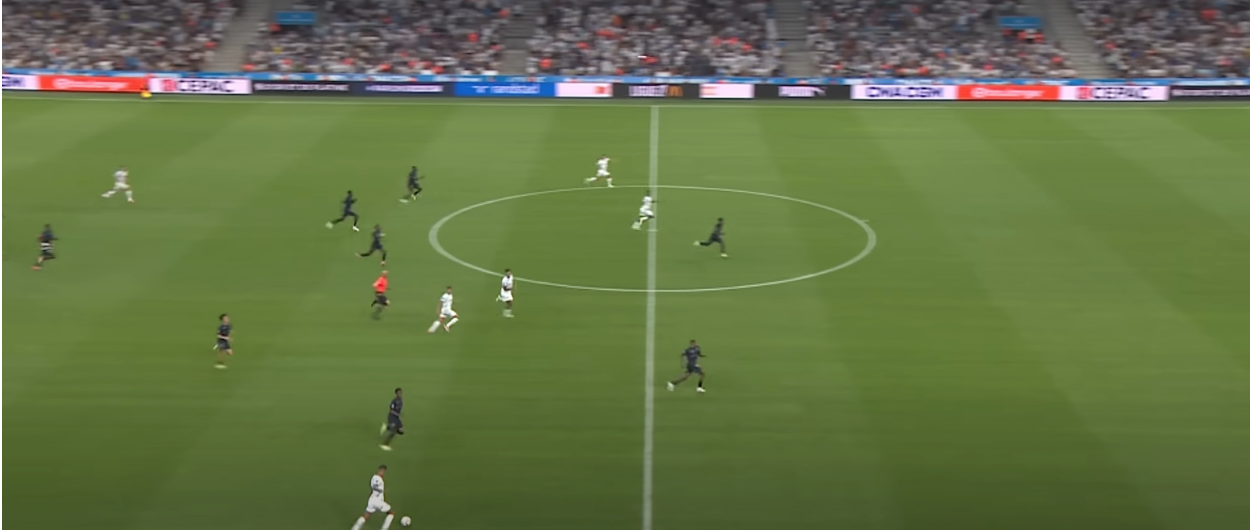Reims’ Fast Start: The Stats and Tactics Fueling Their Ligue 1 Form
Luka Elsner’s appointment as Reims manager after Will Still’s departure was a clever move by the club hierarchy. The young Franco-Slovenian coach had an impressive stint at Le Havre. Before his first season there, the French club had finished the 2021/22 Ligue 2 campaign in 8th place.
More generally, Le Havre had been stuck in the second division since dropping down from Ligue 1 after the 2008/09 campaign. Between that year and Elsner’s selection, Le Havre meandered between 15th and 4th place, with very few glimpses of achieving promotion. However, this was set to change under Elsner, who guided Le Havre to promotion in his first season.
That title-winning team was built on an impenetrable defense, conceding only 19 goals—a historic achievement. In Elsner’s following season, he impressively kept Le Havre in Ligue 1 by relying on the team’s defensive foundations while working with a tight financial budget in the transfer market. This commendable two-year spell caught the eyes of Reims—a club aspiring to maintain its progress after Still’s successful tenure.
Changing the Defensive Approach
From a tactical perspective, Reims has started the 2024/25 season quite differently from the last, with their out-of-possession principles undergoing the biggest shift. Under Still, Reims was known for its intense pressing style. They played aggressively with intelligent off-ball movements. However, in the opening matches of the current campaign, Reims does not frequently engage in a high press, as indicated by their Passes per Defensive Action (PPDA) data.
According to Understat, Reims’ PPDA in the 2023/24 season was 10.17, the 4th-lowest in Ligue 1, indicating a high-pressing system. This season, however, Reims has the highest PPDA at 18.54. They have also shown more willingness to drop their defensive line deeper and invite pressure. This tactic opens up more space behind the opposition’s backline to exploit on the counter.
An important caveat to these numbers is the context of the Lille and Paris Saint-Germain (PSG) games, where Reims had a player sent off and understandably ceded the majority of possession to the reigning champions (32% and 22% possession) while sitting deeper. Due to the small sample size, these results have skewed the data, portraying Reims as somewhat more defensive than they actually are.
Compact Low-Block but Weakness in the Transition
Nonetheless, the alteration of Reims’ out-of-possession approach has not yet led to a change in their defensive statistics, as they roughly concede the same number of goals per game (1.43 goals conceded per 90 minutes in 2024/25 versus 1.38 per 90 minutes in 2023/24). The primary reason for this is Reims’ vulnerability during defensive transitions.
When defending in a low block, Elsner’s team maintains a robust and compact structure that can be difficult to break down. Their 1-1 draw against PSG is the best example of this, where they mostly sat deep in the defensive third to limit the opposition’s attacking quality.
In the end, Reims performed well to contain PSG, allowing just 1.6 expected goals (xG) and snatching a point with a swift counter-attack that ended in a goal for the in-form Keito Nakamura, who has already equaled his goal contribution tally from last season.

However, as previously mentioned, Reims has looked vulnerable during defensive transitions, with most of their conceded chances arising from such situations. There is often too much space between the lines or in the wide areas for the opposition to exploit, and their defensive recovery has appeared slow, which is also evident when they defend from a mid-block.
These two weaknesses were apparent against Marseille — a match where fortune and poor opposition finishing helped Reims secure a valuable point. For the first goal, Reims afforded too much space on the wings for Quentin Merlin to execute the cross and for Amine Harit to trigger a shot. The defensive recovery and setup looked easily penetrable.


Although Marseille did not score from such situations, there were numerous offensive opportunities for the home team to hurt the visitors on the break — a common feature of Reims’ domestic games so far.

Nonetheless, despite the defensive openness Reims can reveal during games, their directness in possession has significantly aided them. Their forward line suits this style, as they are capable off-ball runners who carry out intelligent movements to find space behind the opposition’s defensive line.
Reims has so far produced an impressive average of two goals per game in Ligue 1, largely thanks to Nakamura’s early-season finishing hot streak. However, the sustainability of their ruthlessness in front of goal does come into question, considering their chance creation (expected goals – xG) output of 1.29 ranks them mid-table in the league. This finishing overperformance, coupled with solid defensive displays, has thus far contributed to their strong early-season start.
Gathering Momentum with a Positive Start
Achieving defensive stability while formulating a sustainable plan for chance generation is an arduous task for any new manager in the opening months of a campaign. While the analysis thus far has leaned more toward skepticism than appreciation, a shift toward the latter is long overdue.
Reims’ results are undeniably impressive. Holding out draws against Roberto De Zerbi’s Marseille and Luis Enrique’s PSG are no small feats. Furthermore, their direct attacking style paid off handsomely in the past two league games with commanding 3-1 and 4-2 victories over Angers and Montpellier. Additionally, their only league defeats this season have come in a match where they suffered a red card against Lille as well as a 2-1 loss at Auxerre on Sunday.
Such results, along with their position (6th place) in the Ligue 1 table, will significantly contribute to gaining early buy-in from the players and trust in Elsner’s approach. There is still a long road ahead for Reims to fulfill their long-awaited desire for European qualification. However, if Elsner manages to implement a sturdy defensive system and a proficient counter-attacking offensive unit, it might just help them rise above their competition and secure a spot in Europe.
By: Fahd Ahmed / @fahdahmed987
Featured Image: @GabFoligno / Francois Nascimbeni / AFP
